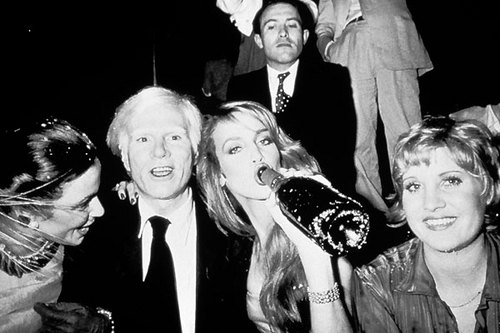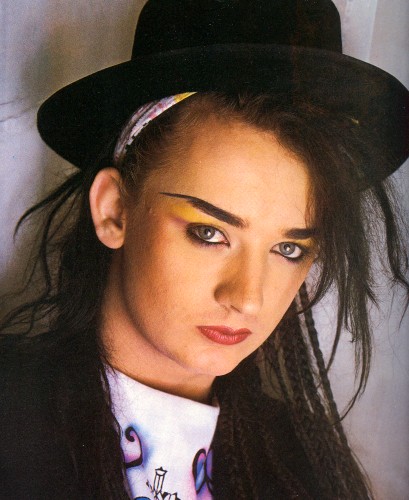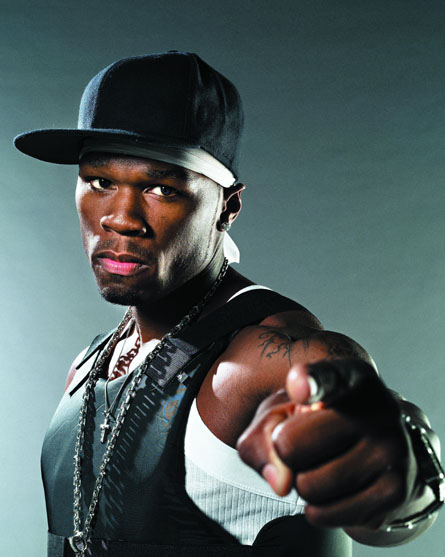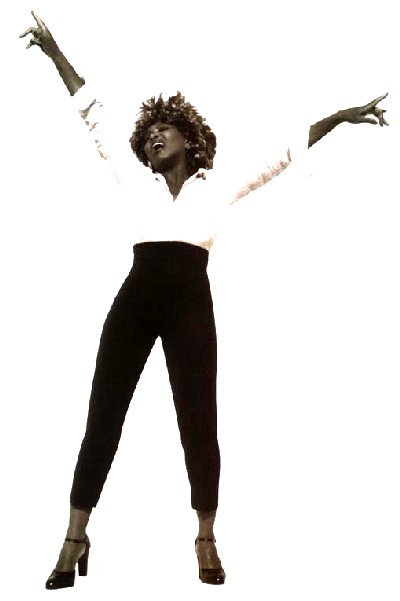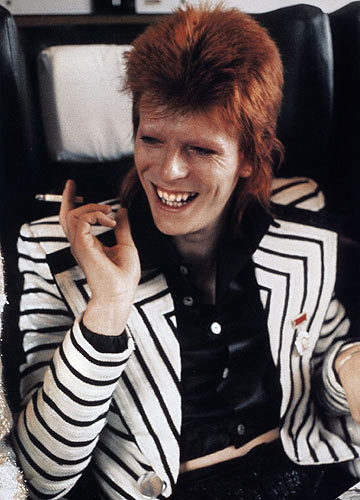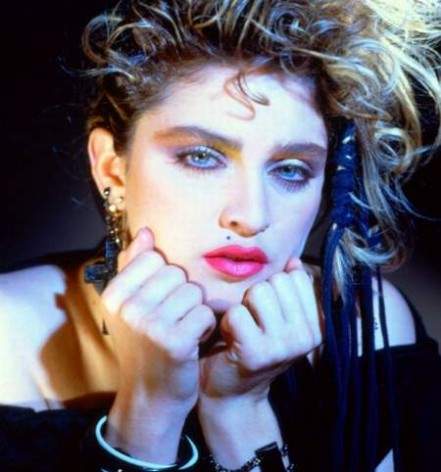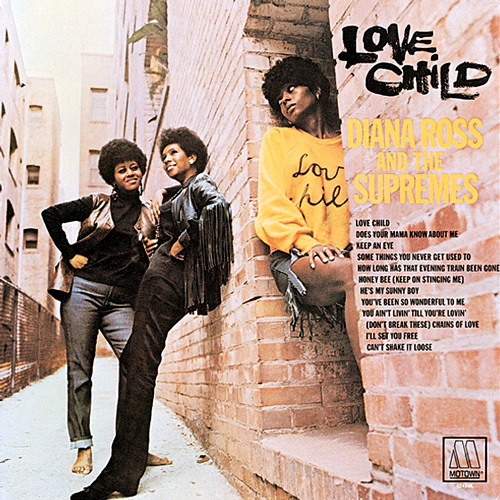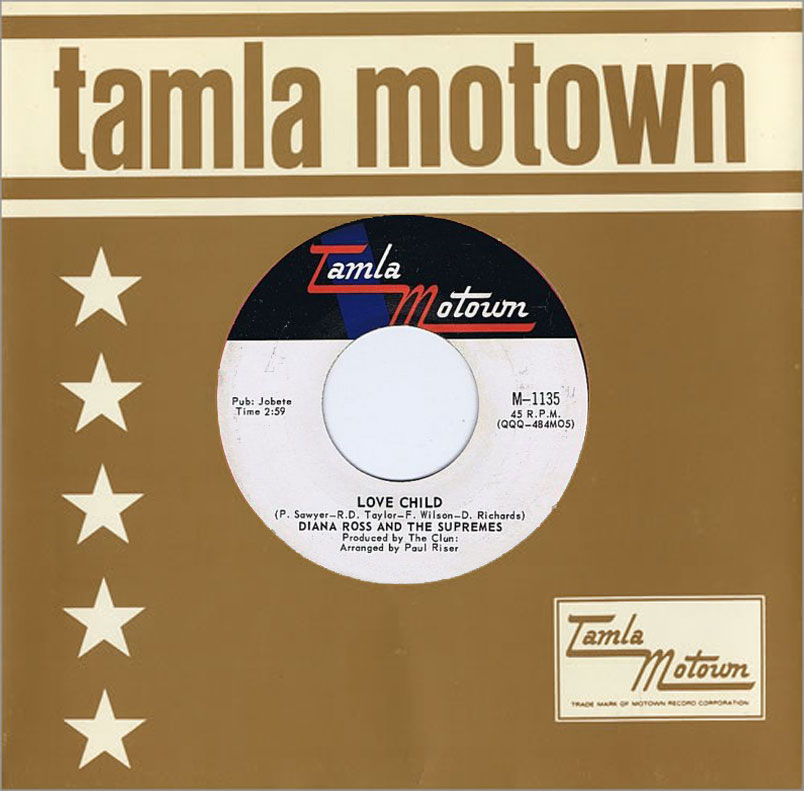Archive for July, 2009
Exclusive vs Inclusive Clubbing
Posted by Gavin Bradley in DJing on July 23, 2009
Have you ever noticed that there are two main kinds of clubbing experiences? Well there are…exclusive and inclusive. And from what I can tell they draw two different types of crowds for two different reasons.
Exclusive clubs rely on guest lists and dress codes to maintain that feeling of exclusivity. If you got in, you’ve met the club’s fabulousness quotient and you’ve been lifted above all that riffraff still waiting in line outside.
Studio 54 in late ’70s New York was the mother of all exclusive clubs. It was about decadent decor and lavish procession, seeing and being seen. Bianca Jagger rode in on a white horse once. It was the preferred club for celebrities to hold their parties at and any mortals lucky enough to get in would rub elbows with the stars and have stories to tell for the rest of their lives. The currency of the club was that rush of feeling like one of the chosen ones…and that could only happen because the rest of the world was excluded from the party.
While it would have been a sight to witness, I probably wouldn’t have actually had a good time at Studio 54 because in general I’m not into that exclusionary clubbing experience.
I like inclusive places where anyone can get in, wearing anything, without a guest list hookup. When you’ve got great music and no attitude, people come to dance. There’s an infectious happy energy created by diversity in a crowd. And you won’t find a lot of posers when people are truly there for the music.
In ’90s New York I had the pleasure of attending Body And Soul held at Club Vinyl. The legendary resident DJs were Francois K, Danny Krivit and Joe Claussell. The club was the after-after party to Saturday night…it began Sunday afternoon. No alcohol was served, just bottled water. Whatever the substances of choice were, usage was not overt. There really wasn’t even much of a light show. I just remember three stacks of speakers, a couple of stories high, facing a packed, sweaty, dark dancefloor. And every kind of person was there, absolutely going off to the music.
Late 80s warehouse parties and early 90s raves were inclusive events. Though the location was always mysterious, if you found the place you were welcomed to the party no matter who you were or what you looked like.
On the flipside, gay circuit parties in the late 90s were exclusive: only muscle marys with major disposable income need apply.
A great party that’s still going on in New York is an outdoor jam called the Soul Summit that takes place every Sunday through the summer in Brooklyn’s Fort Greene Park. It’s like an earthier, free outdoor version of Body And Soul. Diverse, positive and inclusive. These people are strictly about the music and they like it soulful and deep.
Toronto has its own outdoor sound system on summer Sundays called Promise. It’s free, the roster of guest DJs rotates, and you might hear anything from reggae to freestyle to funk to hardcore in one evening. It operates by word of mouth, moves around a bit but generally stays near Cherry Beach.
It’s full of hippies and ex-ravers, young couples with their dogs and kids, the odd soccer team…? Whoever hears the sound through the bushes arrives to find a happy and welcoming party by the water.
If you think about it, you can pretty much walk into any party and figure out in a few moments whether it’s an exclusive or inclusive environment. Usually if it’s exclusive I tend to walk back out.
People In Your Neighbourhood
Posted by Gavin Bradley in Labels, Management, Singing, Writing on July 15, 2009
At the height of Culture Club’s success I remember people complaining that Boy George should have been able to make it solely on musical talent, without needing to resort to gimmickry…ie dressing in cosmopolitan drag. He was a talented writer and singer, but–consciously or unconsciously–he realized that audiences are not attracted to artists purely on the merit of their musical output.
We know this is true because there are endless examples of uniquely talented musicians that never garner a substantial following. That’s because what actually attracts us, as listeners, I believe, is an artist’s identity.
It’s true that this identity is built in part around the style and content of the songs, including the lyrics and the overall tone/sentiment. But for a star to be born, it’s critical that the music align properly with a host of other attributes, including the voice they were born with and the way they choose to use it; the physicality they were born with and how they choose to dress it up; how they move; and how they interview. The persona constructed with these tools needs to be instantly recognizable and compelling. (I won’t go so far as to say ‘appealing’, because there are plenty of celebrities that we love to hate.)
Speaking recently of the Supremes, Diana Ross wasn’t the lead singer of the group because she had the best voice in a technical sense. But her effervescent look and pastel-sounding voice combined to make her a compelling figure: she had instant identity.
Whether it’s the first few lines of a song, or a photo in a magazine spread, the audience needs to get a sense of the artist’s identity similar to the impressions we form of the people in our neighbourhoods we see around but haven’t had personal conversations with yet.
Here are some artists with identities so clear and compelling, whether we like them or not we all feel as though we know them from around.
All musicians are driven to make music. Those that are also driven to author every aspect of their public persona–from clothing to video treatments–end up having a lot less time to sleep but they have an edge over the rest, both in terms of career control and potential for success. That’s because most of us lack the ability to stand back and get a clear perspective on who we are, pinpoint what’s compelling about ourselves and amplify it.
Those who can’t must rely on industry executives’ abilities to look inside them and tailor the right persona…a rare feat in itself. If they get it wrong, the project will fail either because the identity won’t be compelling, or the artist won’t be able to carry an ill-fitting persona for very long before the audience sees through it.
Love Child: Songwriting Economy
Posted by Gavin Bradley in Radio, Writing on July 4, 2009
When you’ve written a good hook it’s natural to want to repeat it as much as possible. It’s also natural to assume that the goal, by the end of the song, is to leave the listener fully satiated.
But if they’re satiated, what’s the motivation to start the song over for another listen? And that’s what you want, isn’t it? A song people can’t get enough of?
Of course dancefloor producers and rock bands have explored the journey-within-a-song aesthetic to great effect, creating many masterpieces over five…seven…even ten minutes long. But if you’re learning to write and you want to reach a lot of people with your music, it pays to set aside the notion that a magnum opus will come out of you before you learn the craft of writing economically.
So, if there is a very special moment in a song, consider not repeating it. Focus instead on coming up with another great melodic moment somewhere else in the song, and don’t write extra verses just to beat the subject matter to death lyrically. Give the listener a reason to put your song on repeat.
When it comes to songwriting economy I can think of no better example than ‘Love Child’ by Diana Ross & The Supremes.
Clocking in at 2:59 the song is a good 10-20 seconds longer than many Motown singles, but that’s probably because there’s enough character and story development in there to write a screenplay.
Released in 1968, the song appeared at a time when writers other than mainstays Holland-Dozier-Holland were being brought into the Motown fold; a time when the label was making a point of moving from innocuous ‘going steady’ lyrics to more socially conscious subject matter.
‘Love Child’ tells the story of a girl who is refusing to take the chance of becoming pregnant by her boyfriend–asking him to wait until they’re married–because she herself was born to an unwed mother, suffering discrimination as a result. The notion of living with the shame of being a ‘love child’ is a bit dated now. But at the time it was edgy material, and the song retains a cooled-out stylistic timelessness.
The economy of the writing is astounding. In just a few sentences we find out who she is; what she and her mother went through; what her father did; what her boyfriend wants from her; what the baby they might have would go through; details around the argument they’re having; and that she knows she’ll always love her boyfriend even if she loses him over her non-negotiable stand:
Love Child
(Pamela Sawyer/R. Dean Taylor/Frank Wilson/Deke Richards)
Prechorus 1
You think that I don’t feel love, but what I feel for you is real love. In those eyes I see reflected a hurt, scorned, rejected…
Chorus 1
Love Child, never meant to be, Love Child, born in poverty, Love Child, never meant to be, Love Child, take a look at me
Verse 2
Started my life in an old cold run down tenement slum. My father left, he never even married mama. I shared the guilt my mama knew, so afraid that others knew I had no name
Prechorus 2
This love we’re contemplating, is worth the pain of waiting. We’ll only end up hating the child we may be creating
Chorus 2
Love child, never meant to be, Love Child, scorned by society, Love Child, always second best, Love Child, different from the rest
Break/Bridge
Hold on, hold on…Hold on, hold on…
Verse 3
I started school in a worn, torn dress that somebody threw out. I knew the way it felt to always live in doubt, to be without the simple things, so afraid my friends would see the guilt in me
Prechorus 3
Don’t think that I don’t need you. Don’t think I don’t want to please you. But no child of mine will be bearing the name of shame I’ve been wearing
Chorus 3
Love Child, Love Child, never quite as good, afraid, ashamed misunderstood
Tag
But I’ll always love you. Wait, won’t you wait now, hold on. I’ll always love you.
‘Love Child’ has no first verse. In an uncommon but inspired move, the writers decided to cut to the first pre-chorus after the song’s short intro. As the pre-chorus is a tension-builder, this serves to set an urgent tone immediately, as opposed to the methodical feeling of beginning with a verse, or giving the mystery away by beginning with the chorus.
Aside from a few poetic descriptive phrases like ‘old cold run down tenement slum’ and the outdated ‘scorned by society,’ the song is written in plain english. In the opening line (‘you think that I don’t feel love, but what I feel for you is real love’) there is no attempt to select ornate, profound-sounding language…but in a short series of single-syllable words we learn what’s happening under the surface: her boyfriend is trying to pressure her into having sex by accusing her of being emotionally unresponsive, while she asserts that the act of waiting to have sex is a manifestation of real love.
Because this song comes in at less than 3 minutes, and because each and every line is a hook unto itself, even maximizing opportunities to fill in the storyline in the choruses with phrases cleverly disguised as ad libs, it’s one of those singles that begs repeated plays. This is when radio happily puts a single into high rotation, and this is when an audience chooses to spend their time listening to a particular artist’s work…rather than the artist having to cajole them into it.

